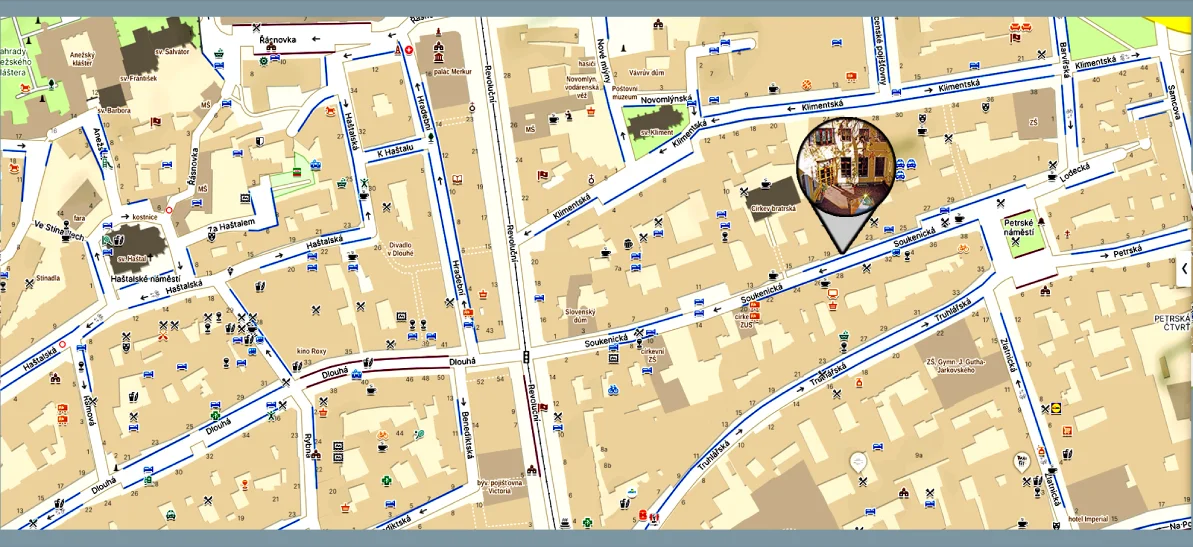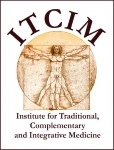
Dr. Jayvant Bhagattjee, BUTM, CMA - South Africa
Abstract of the presentation
TCIM in Bali Indonesia
Indonesia’s TCIM landscape is deeply interwoven with its rich cultural diversity, particularly exemplified by the distinct practices found in Bali. Rooted in centuries-old traditions, TCIM (“Pengobatan Tradisional, Komplementer, dan Integratif”) remains a vital component of healthcare, often serving as the primary or preferred option for many communities, especially in rural areas and on islands such as Bali, where cultural preservation is key.
Cultural heritage: TCIM in Indonesia encompasses a vast array of systems, most notably Jamu (empirical herbal medicine), Bali Usada (Balinese traditional medicine based on Hindu philosophy, massage and herbs), Sinshe (Traditional Chinese Medicine), and various indigenous ethnic practices. In Bali, TCIM is inseparable from Hindu Dharma and Tri Hita Karana (harmony with God, nature and others). Healing involves spiritual elements (mantras, offerings), physical therapies (balur massage), and complex herbal formulations (loloh) prepared by Balian healers. This system is not merely a form of medicine but a core aspect of Balinese cultural identity and daily life.
Regulatory framework: Regulation is evolving but remains fragmented. The primary national authority is the National Agency of Drug and Food Control (BPOM RI), responsible for ensuring the safety, efficacy and quality standardisation of traditional medicines (Jamu, OT – Obat Tradisional). Key regulations include Regulation of the Minister of Health No. 003 of 2010 concerning the Saintification of Jamu, which encourages evidence-based research, and Law No. 36 of 2009 on Health (Articles 48–49), which recognises traditional health services alongside conventional medicine. Integrative medicine practices in hospitals are guided by specific ministerial decrees. However, regulating the vast number of informal healers and ensuring consistent quality across diverse traditions remains a significant challenge, particularly for deeply spiritual practices such as Bali Usada.
Research and development (R&D): R&D efforts are increasing but face resource constraints. Key areas of focus include:
- Pharmacological validation: Identifying active compounds and mechanisms of action in Jamu herbs (e.g. Curcuma spp., Zingiber officinale) and Balinese plants (e.g. Brotowali – Tinospora crispa).
- Clinical trials: Assessing the efficacy of specific Jamu formulations (e.g. for diabetes, hypercholesterolaemia) and Balinese therapies (e.g. for pain or post-stroke recovery).
- Ethnomedical documentation: Systematically recording indigenous knowledge, especially from remote communities and Bali’s unique practices. Institutions such as the Research Centre for Traditional Medicine and Medicinal Plants (B2P2TOOT) in Tawangmangu and universities (e.g. Udayana University in Bali) lead research, often in international collaboration. However, research on the holistic, spiritual and ritualistic aspects of Balinese medicine lags behind phytochemical studies.
Public perception and accessibility: TCIM enjoys exceptionally high public trust and utilisation. Surveys indicate that a majority of Indonesians, including urban populations, use Jamu regularly for wellness and illness management. In Bali, traditional healers (Balian Usada, Balian Sehat) remain highly sought after, often consulted first or alongside conventional doctors, particularly for culturally specific illnesses or spiritual imbalances. Accessibility is generally high:
- Affordability: TCIM is significantly cheaper than conventional care.
- Availability: Jamu is ubiquitous (street vendors, markets, modern packaged products), and traditional healers practise widely, especially in villages.
- Cultural acceptability: TCIM aligns deeply with local beliefs and worldviews, particularly in Bali. Challenges include variable quality control, limited scientific information for consumers, and geographical or economic barriers for some marginalised groups, despite overall affordability. Integration into the formal health system (Puskesmas/community health centres and hospitals) is progressing but remains uneven.
Conclusion: TCIM, particularly Jamu and the unique Bali Usada system, forms a cornerstone of Indonesian healthcare and cultural heritage. While regulatory frameworks are strengthening and R&D is expanding, effectively integrating diverse traditional systems such as Bali Usada into a standardised regulatory structure, advancing research on holistic practices, and ensuring equitable access and quality remain critical tasks. Public perception remains overwhelmingly positive, driving continued reliance on these culturally resonant healing traditions.
References:
- World Health Organization (WHO). (2013). WHO Traditional Medicine Strategy 2014–2023. Geneva: WHO.
- Ministry of Health, Republic of Indonesia. (2010). Regulation of the Minister of Health No. 003 of 2010 concerning the Saintification of Jamu. Jakarta.
- Ministry of Health, Republic of Indonesia. (2013). Decree of the Minister of Health No. HK.02.02/MENKES/306/2013 concerning the Implementation of Complementary and Alternative Medicine Services in Health Service Facilities.
- Supardi, S., et al. (2019). “Traditional Medicine in Indonesia: From Cultivation to Clinical Utilisation.” Journal of Evidence-Based Integrative Medicine, 24, 1–8. doi:10.1177/2515690X19845264.
- Wirasuta, I. M. A. G., et al. (2018). “Balinese Traditional Medicine (Usada): An Integration of Religion, Tradition, and Science.” Adv Social Sci Res J, 5(11), 155–164. doi:10.14738/assrj.511.5706.
- BPOM RI. (2020). National Guidelines for Traditional Medicine Development. Jakarta: Badan POM.
- Mutiarasari, D., et al. (2023). “Public Perception and Utilisation of Jamu in Indonesia: A Scoping Review.” Journal of Herbmed Pharmacology, 12(3), 375–386.
- Surata, I. K., & Adnyana, I. M. (2021). “The Role of Balinese Traditional Healers (Balian) in Community Health Care in Bali.” International Journal of Ayurvedic and Herbal Medicine, 11(1), 2371–2375.
- Tilaar, M., et al. (2015). “The Biodiversity and Ethnopharmacology of Indonesian Jamu.” Procedia Chemistry, 14, 70–77.
- Astuti, S. M., et al. (2021). “Integration of Traditional Medicine in Primary Health Care in Bali: Opportunities and Challenges.” Bali Medical Journal, 10(3), 1150–1156.
Please note that some of the texts also include machine-generated translations.





